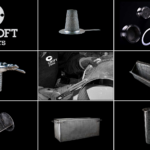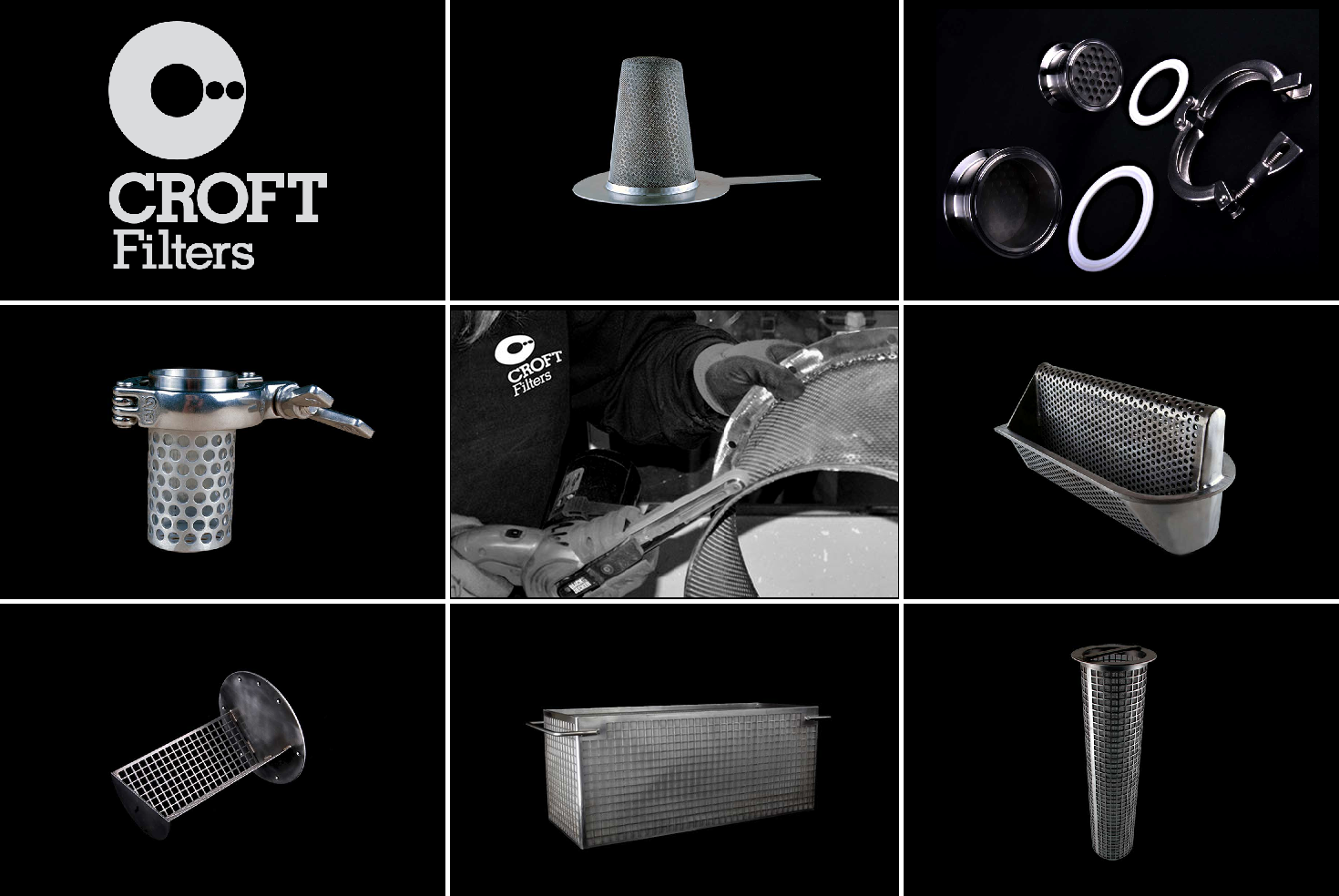Precision engineering sub-contractor, GB Precision, has invested in a Stratasys F370 3D printer to tackle a range of tasks, from in-house “specials” to fixturing for machining and measuring customer components.
The company, which specialises in low-volume, high value, high accuracy work for sectors such as aerospace and autosport has been considering such an investment for several years. As Director, Paul Turner, comments; “It was obvious some time ago that 3D printing could be applicable to various aspects of precision engineering, but we had felt the technology was not quite there. When we saw the Stratasys F370, we decided that moment had arrived for us to see for ourselves what we could do with the technology.”
Several features of the F370 recommended themselves to GB Precision, firstly the large build tray (355 x 254 x 355 mm) providing the ability to create relatively large components, the wide (and expanding) range of materials available, and the four material bays, ensuring uninterrupted long build runs.
As Paul explains further; “As with every new technology, we find that you really need to have it installed on your own shop floor to start to understand what it can do for your business.”
“As soon as the machine was up and running we found we had a list of items we wanted to create on it, the first of which was fixturing. Because a lot of our work is for short run components, our fixturing tends to be bespoke and specific to each job – the F370 has proved ideal for this.
Then there were some niggling issues with a couple of our machine tools that had been irritating us for a while, but for which there had been no simple cost-effective solution. One of these was the need for a collar connection between an extractor pipe and a machine, the other was for a simple but very particular waste grille, again the F370 enabled us to create a bespoke item that provided the ideal answer in each case.”
So far, the 3D printer has been used to support GB’s customer tasks mainly in the creation of fixturing, but the company believes that there could, in the future, be a role for the F370 in creating components as well – particularly in conjunction with more traditional machining methodologies. As Paul says, “The trick is to get the balance right – to use the optimum combination of methodologies for each task. We see 3D printing as providing a really useful addition to our machine shop. It isn’t going to change everything we do, but it will enable us to do some existing tasks in a new and better way, and do some things we cannot now do at all. Although, at the moment we are still very much on a learning curve, we are very excited with the opportunities we see opening up.”







